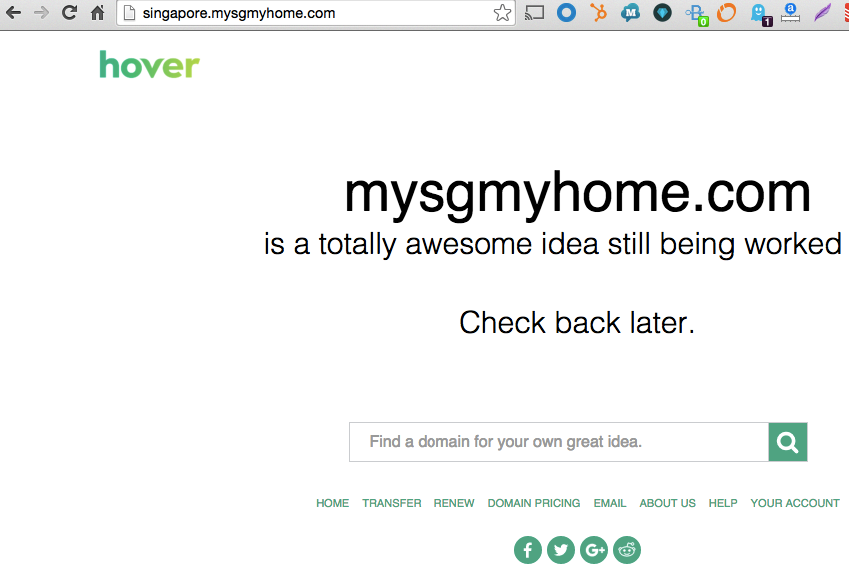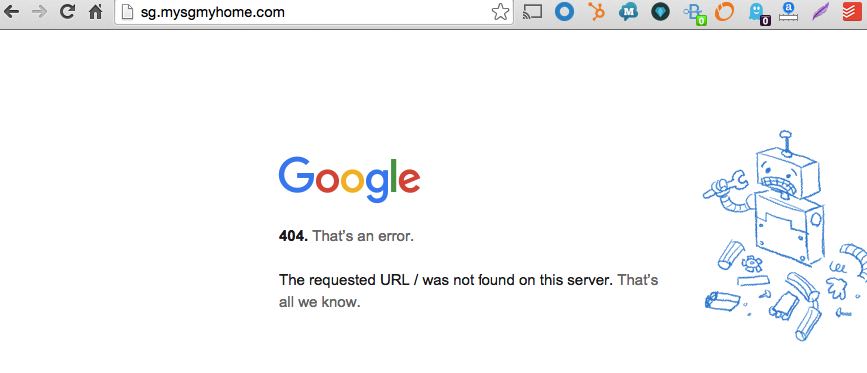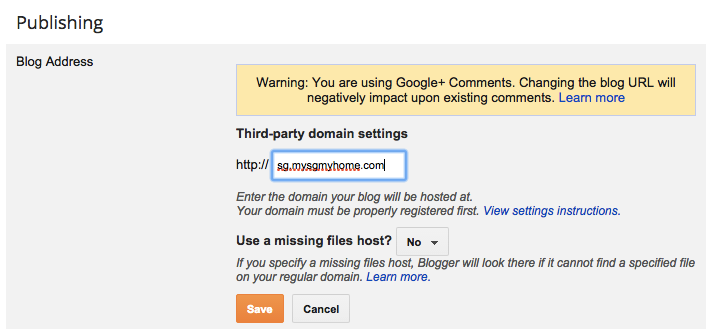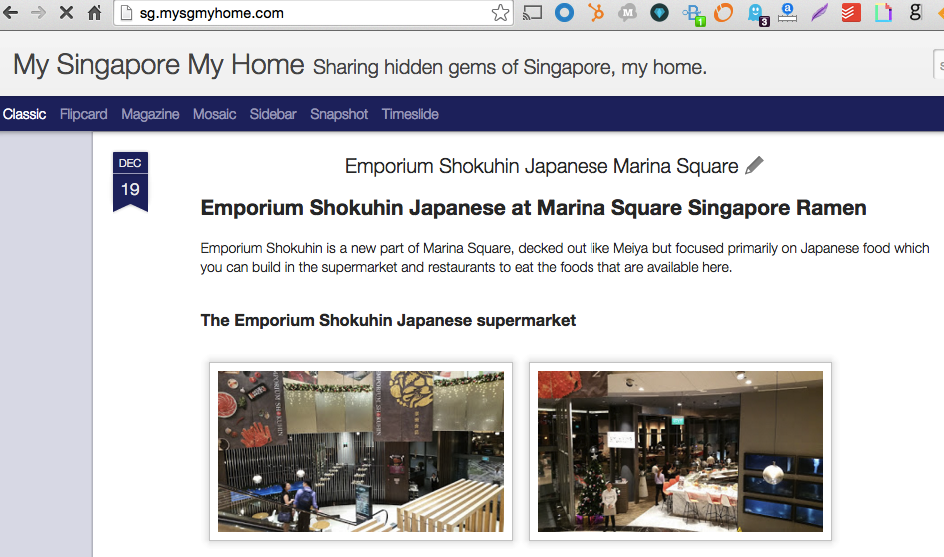How to update your subdomain on your Blogger.com account while minimising downtime
Step 1 - Add subdomain on your domain name registrar account

Step 2 - Wait up to 24-48 hours for your DNS to resolve
Wait up to 24-48 hours for your DNS to resolve. DNS resolving is a technical term. What this means, is that the servers need some time to update their records so that it directs traffic to your subdomain.
In my case, I am waiting for it to direct traffic to sg.mysgmyhome.com.
Step 3 - Confirm that the DNS has resolved

Confirm that the DNS has resolved. This took less than 24 hours for my domain name, but this varies. You should see this website page from Google when it is ready. Notice how it differs from the Hover page earlier.
When I see this screen, this confirms to me that Hover's DNS servers has directed traffic from sg.mysgmyhome.com to Google. This is correct, as Google is currently hosting my website.
Step 4 - Update blog settings on Blogger.com

Update blog settings on Blogger.com.
The aim of this step is to l direct the traffic that is heading to sg.mysgmyhome.com to sg.mysgmyhome.com. As right now, Google is getting the traffic, but doesn't know where to send that traffic to, so you need to tell it to direct your traffic.
Step 5 - Confirm that your website subdomain is working




